A genogram is an essential tool for gaining insights into family dynamics, relationships, and behavioral patterns. By going beyond traditional family trees, genograms incorporate social, cultural, and psychological aspects to provide a deeper understanding of a family’s history. Let’s explore genogram examples that offer valuable social and cultural insights, and show you how you can easily create and customize your own genograms using Boardmix’s intuitive templates.
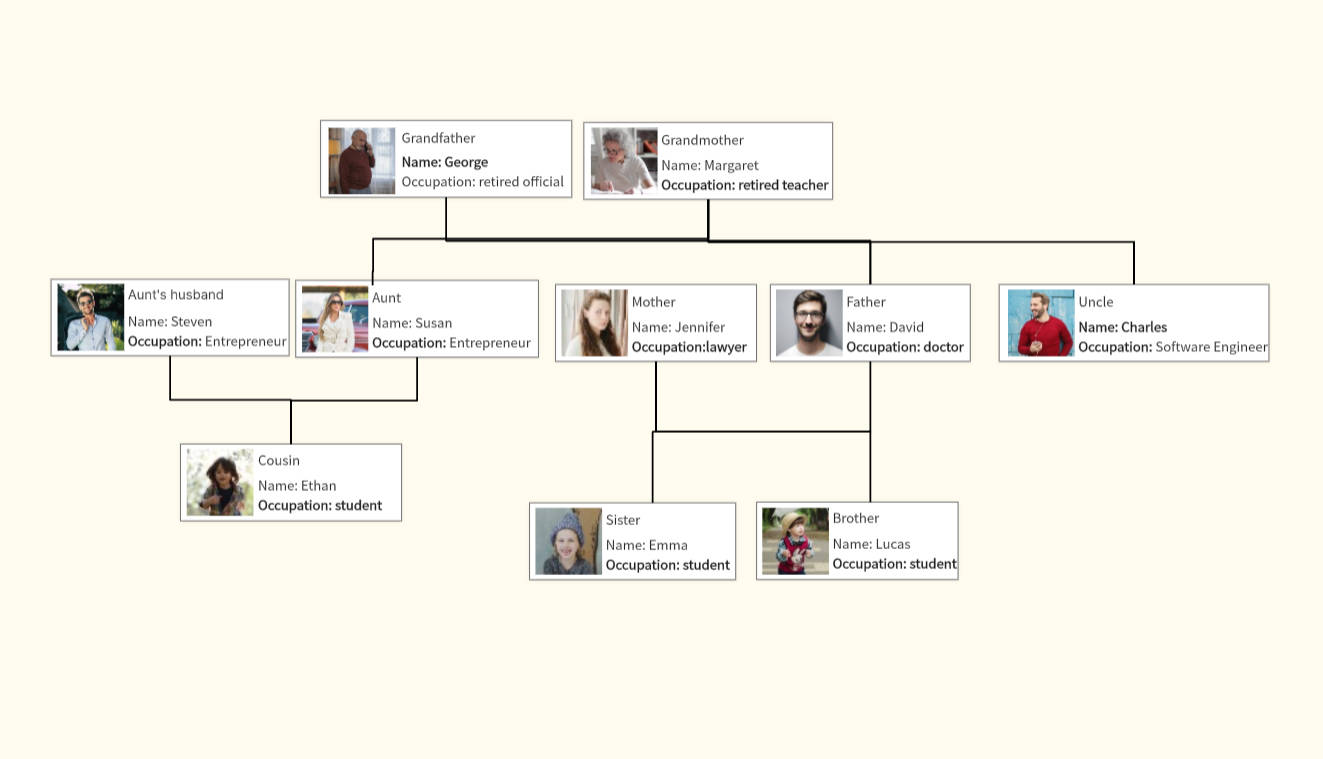
What is a Genogram?
A genogram is a powerful tool used to analyze and visualize family dynamics, offering social and cultural insights that go beyond mere family structure. It maps out not only biological relationships but also highlights key aspects such as emotional connections, health history, behavioral patterns, and social influences across generations.
Through the use of symbols and annotations, a genogram provides a deeper understanding of how various social, psychological, and cultural factors shape individuals and their relationships. It allows for the exploration of recurring patterns, cultural legacies, and significant life events that influence family dynamics. Genograms are widely used in fields like psychology, social work, and cultural studies, helping to uncover hidden influences and better understand the long-term effects of family systems on individuals and communities.
What is the Main Purpose of a Genogram?
The main purpose of creating a genogram example is to gain a clear, comprehensive view of family relationships and behaviors for social and cultural insights. Genograms serve several key functions:
- Analyzing Family Dynamics: It provides a clear picture of family relationships, helping to identify unhealthy patterns or areas for improvement.
- Identifying Behavioral Patterns: By mapping emotional, social, and behavioral trends, a genogram example can reveal recurring issues that influence decision-making and behavior.
- Cultural Heritage: Genograms can document cultural traditions, languages, and practices passed down through generations, helping family members better understand their cultural background and explore the significance of cultural transmission.
- Decision Support: When making major decisions, such as career choices or health interventions, the history and patterns shown in a genogram can help individuals or families make more informed decisions. Analyzing past behaviors and family history can prevent repeating mistakes and guide better choices.
Genogram Examples for Social and Cultural Insights
Here are five genogram examples that can offer valuable social and cultural insights into your family or any group you’re analyzing.
Example 1: Intergenerational Genogram
An Intergenerational Genogram maps family dynamics across multiple generations, showcasing patterns like communication styles, parenting approaches, and inherited behaviors. It helps identify recurring family roles, conflicts, or relational trends. This type of genogram is valuable in understanding how past family relationships influence present dynamics. For instance, it can reveal cycles of addiction, abuse, or strong familial bonds. Therapists and researchers use this tool to address intergenerational issues and guide individuals or families toward healthier connections.
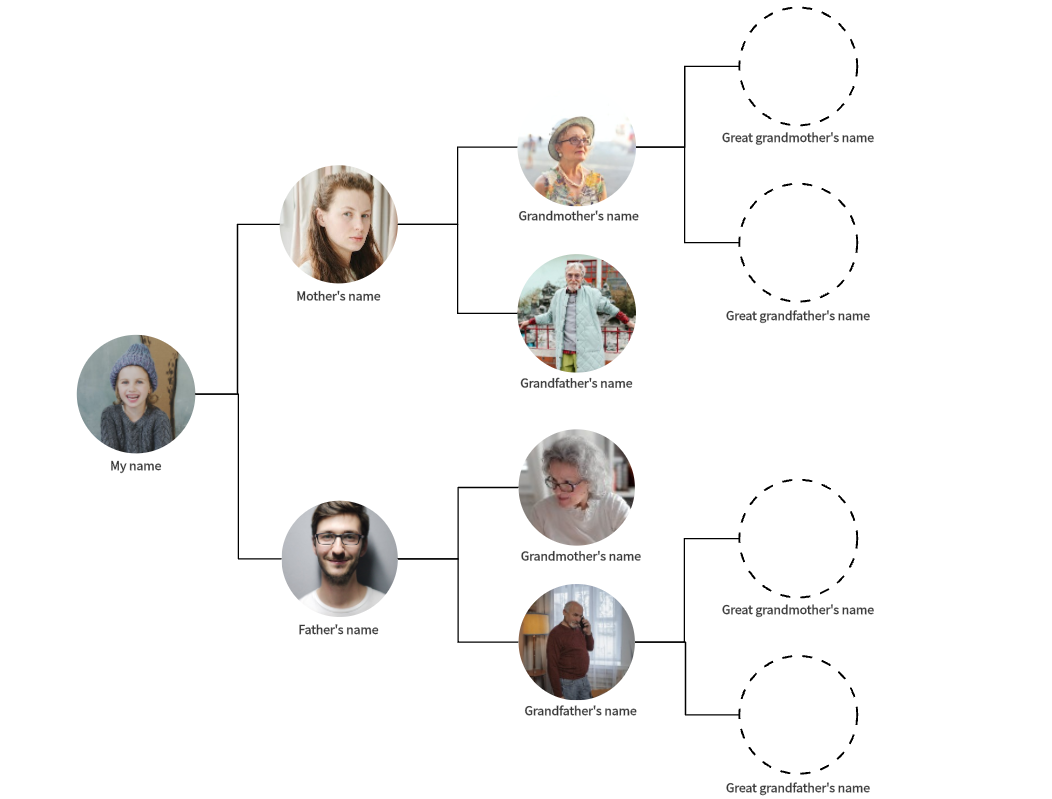
Example 2: Medical Genogram
A Medical Genogram focuses on the health history of family members, charting medical conditions like diabetes, heart disease, or cancer across generations. It highlights genetic predispositions and risk factors, enabling healthcare providers to assess potential health concerns and recommend preventive measures. This type of genogram is widely used in medicine and genetic counseling to provide personalized care. For example, a family history of certain illnesses can guide early screenings or lifestyle adjustments to reduce health risks.

Example 3: Cultural Identity Genogram
A Cultural Identity Genogram examines an individual’s cultural heritage, traditions, and values, mapping the influence of ethnicity, religion, language, and migration history within the family. This genogram promotes understanding of how cultural backgrounds shape personal identity and family interactions. It’s especially useful in multicultural counseling or education, helping individuals explore their roots and cultural dynamics. For instance, it can reveal how different cultural values coexist or conflict within a family, enhancing cross-cultural understanding.
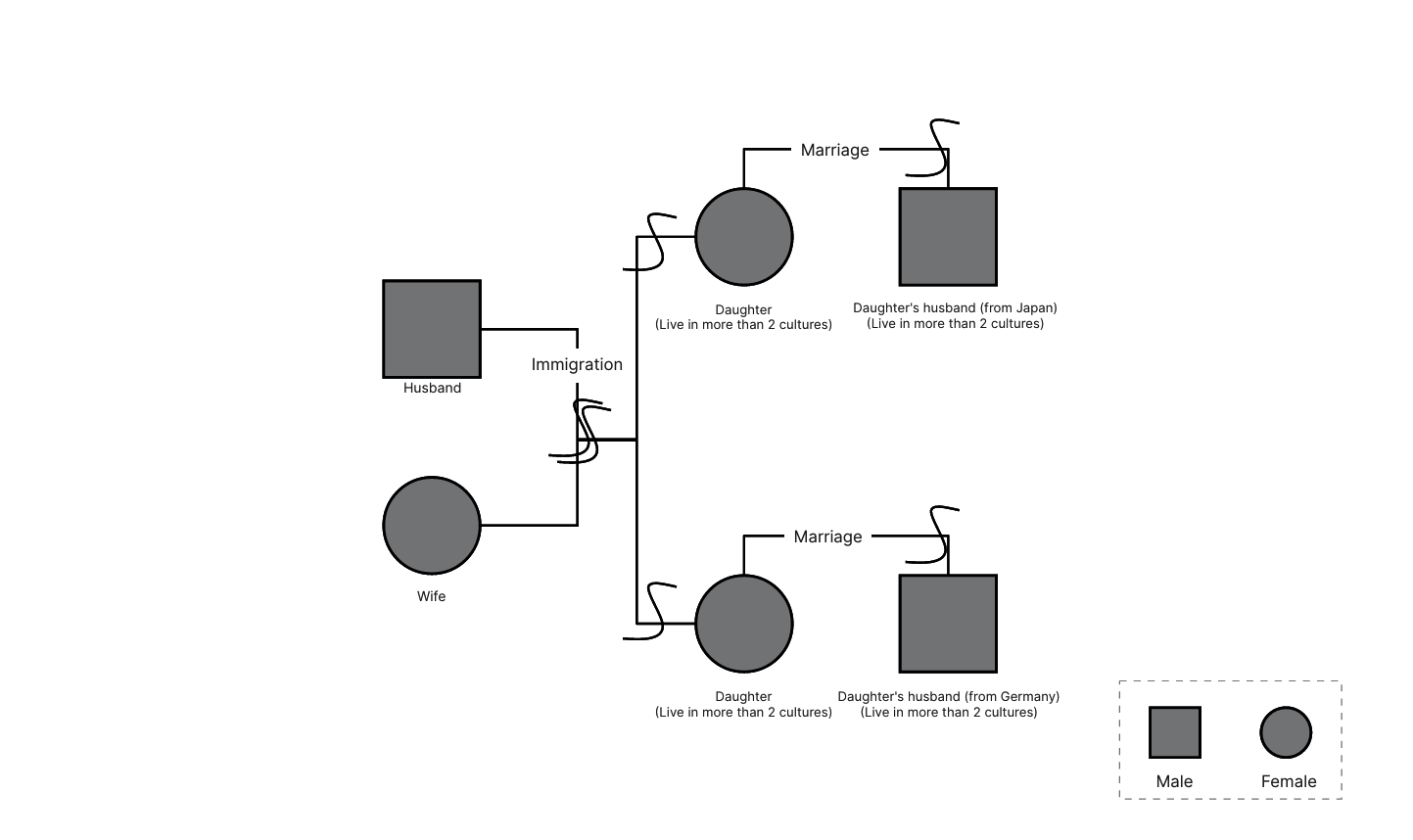
Example 4: social network genogram
A Social Network Genogram is a visual representation of social connections within a specific community. It maps out relationships between individuals, families, organizations, and support systems, providing insights into how these connections shape community dynamics. By highlighting both direct and indirect ties, it reveals the flow of resources, information, and emotional support. This tool helps to identify patterns, social structures, and challenges, offering valuable insights into the overall well-being and cohesion of the community.
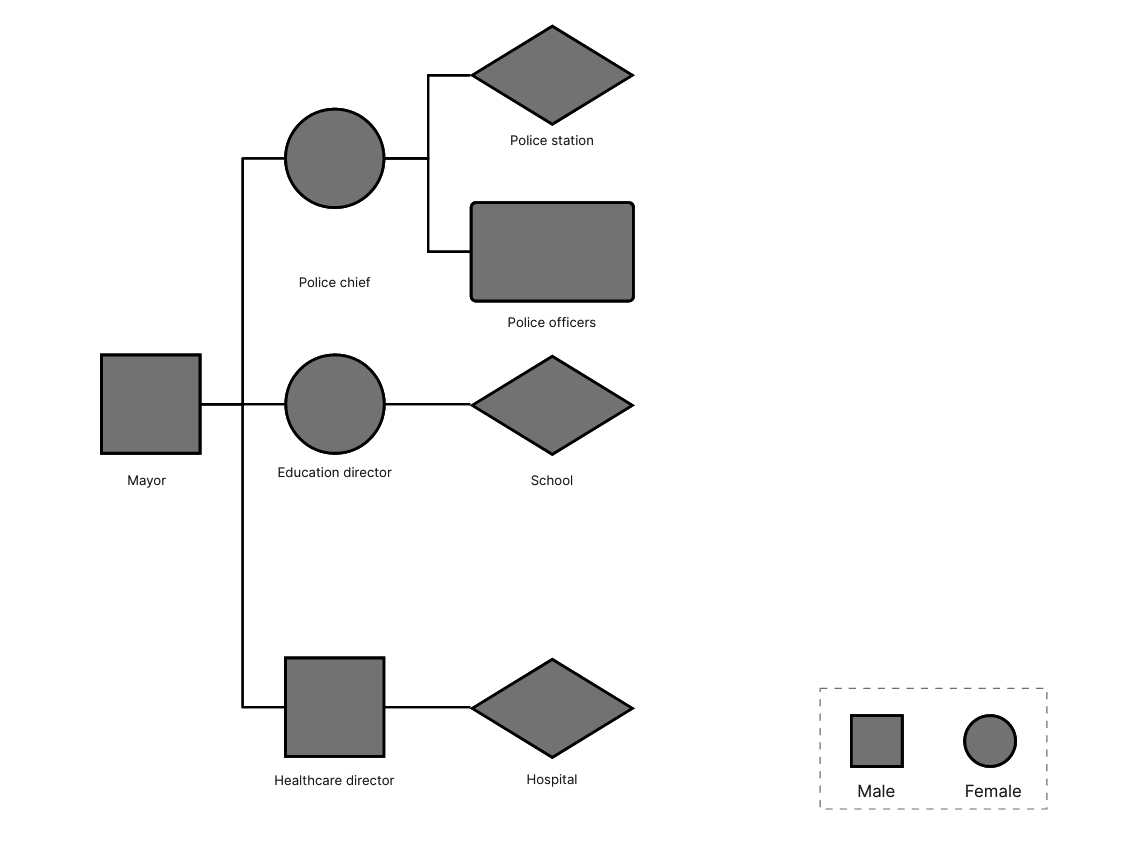
Example 5: Counseling Genogram
A Counseling Genogram delves into emotional relationships and psychological patterns within a family, uncovering conflicts, trauma, or support systems. It maps relational dynamics, such as closeness, estrangement, or dependency, providing insight for therapeutic work. Counselors use this tool to help clients understand their family’s impact on their emotional well-being and personal growth. For example, it can highlight unresolved issues or generational patterns like perfectionism, aiding clients in breaking unhealthy cycles and fostering self-awareness.
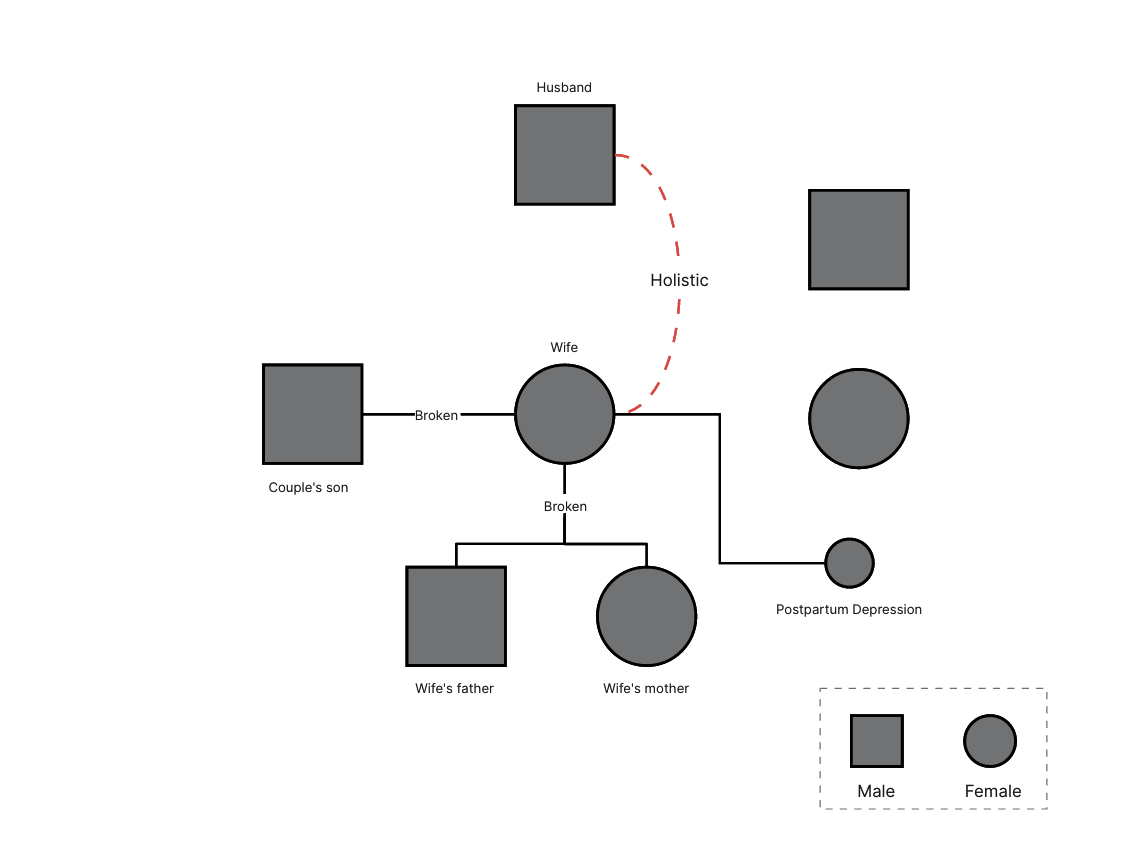
How to Create a Genogram for Social and Cultural Insights on Boardmix?

Creating a genogram for social and cultural insights on Boardmix is an easy and intuitive process. Boardmix offers various customizable templates that allow you to create genograms tailored to your needs. Here’s how you can get started:
Log in to Boardmix
Visit the Boardmix homepage and log in to your account. If you don’t have one yet, click on “Sign up free” to create a free account. It’s quick and easy to get started with Boardmix.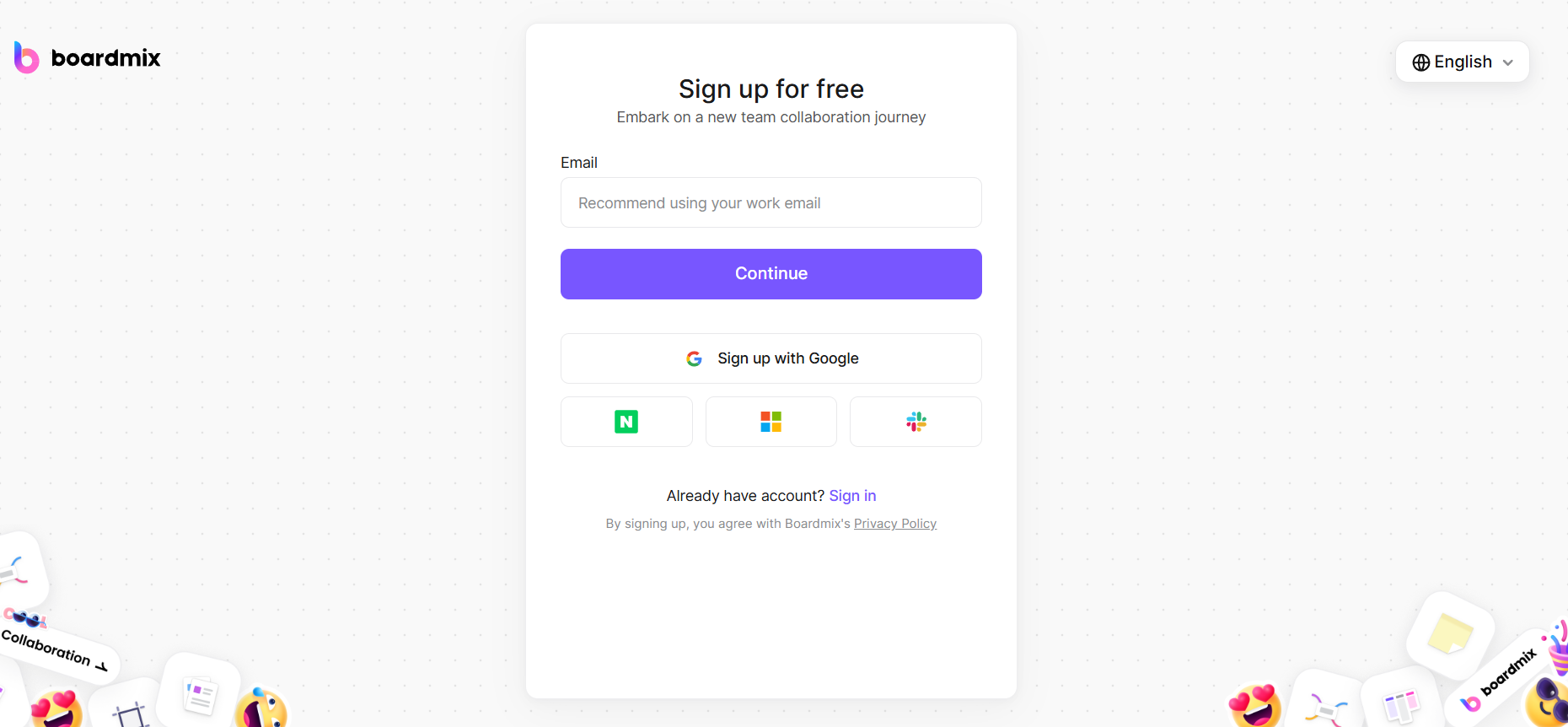
Select a Template
Browse genogram templates available in Boardmix's Templates community,and then choose one that aligns with your needs to start building your social and cultural insights.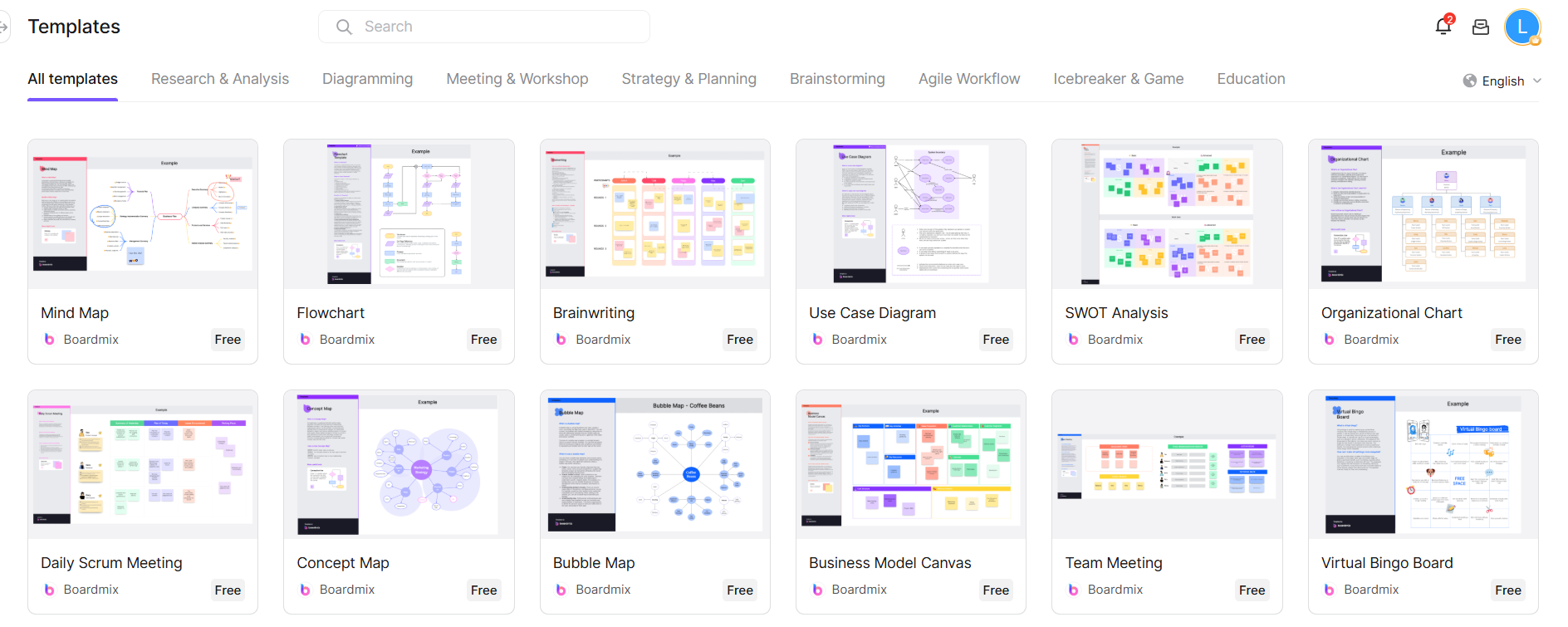
Add Family Members
Input the names, relationships, and relevant details of each family member. You can include significant life events and key milestones to map their connections and histories. This step forms the foundation of your genogram.
- Customize Icons and Images
Personalize your genogram with icons, colors, and images. Use these elements to represent various aspects like educational achievements, behavior patterns, and career paths. This customization helps create a visual narrative that’s easy to analyze. Analyze and Share
Once you’ve completed your genogram, take time to analyze the patterns and insights it reveals. Boardmix’s collaboration features allow you to share your work with others for deeper analysis and feedback. You can also export it in PNG or PDF format for easy storage.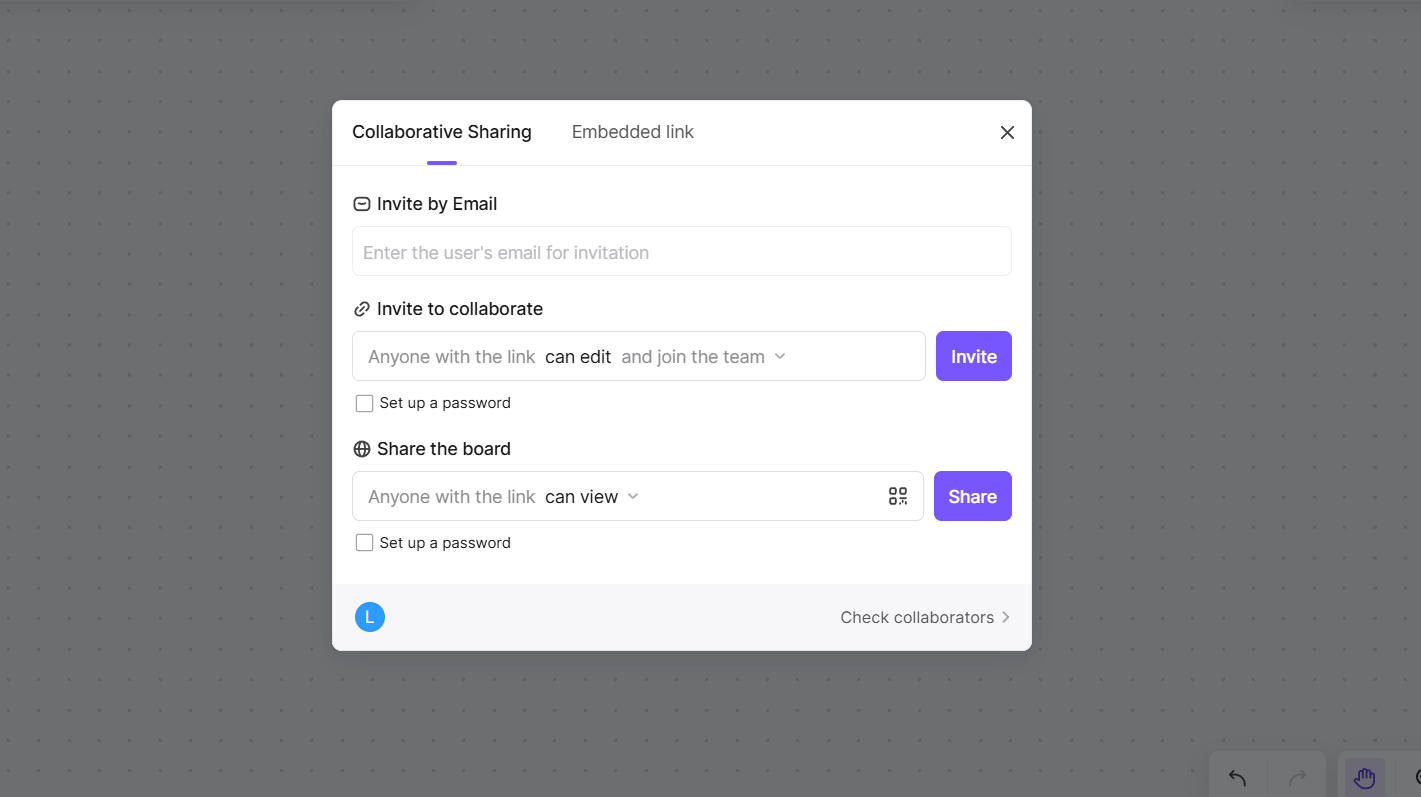
Boardmix’s digital, editable templates provide a flexible and user-friendly way to create genograms that enhance your understanding of social and cultural dynamics.
FAQ about Genogram Examples for Social and Cultural Insights
Q1 Are there any free genogram templates available on Boardmix?
Yes, Boardmix offers various free genogram templates that you can use to create detailed genograms. These templates are fully customizable, so you can easily adapt them to your specific needs.
Q2 What is the difference between a genogram and a family tree?
While both a genogram and a family tree are used to map family relationships, the key difference lies in the level of detail. A family tree mainly focuses on biological connections, whereas a genogram example includes additional information, such as medical history, behavior patterns, educational backgrounds, and emotional relationships. A genogram provides a deeper understanding of a family’s social and cultural dynamics.
Conclusion
The genogram examples discussed provide powerful insights into family patterns and behaviors. With Boardmix’s customizable templates, you can easily create detailed and meaningful genograms tailored to your needs. Start using Boardmix today to uncover deeper insights into your family’s dynamics and legacy!









